The dragon fruit plant is a fast-growing cactus tree that bears magnificent white flowers and exotic sweet fruit. Also known as pitaya, the fruit has vibrant pink or yellow skin and green-tipped scales. No wonder it's named the dragon cactus!
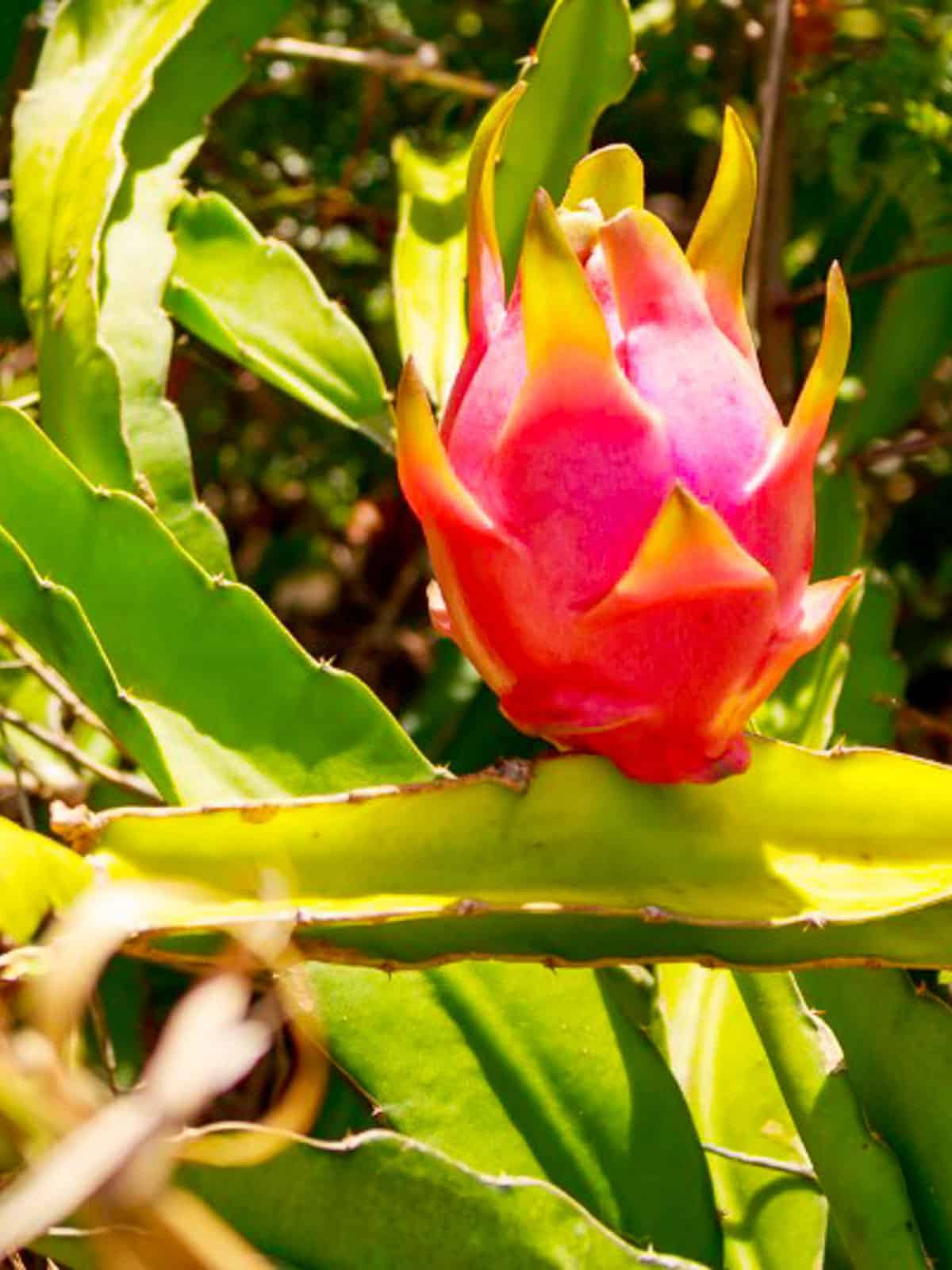
I'll never forget the first time I brought home a white-fleshed pitaya from our local farmers' market. I was fascinated by its unusual pink exterior, but when I cut it open, I was astonished by the inside studded with tiny, edible black seeds.
Now we can't live without this amazing fruit. Every August, we look forward to thirst-quenching fresh Dragon Fruit Juice, our favorite summertime cooler.
Jump to:
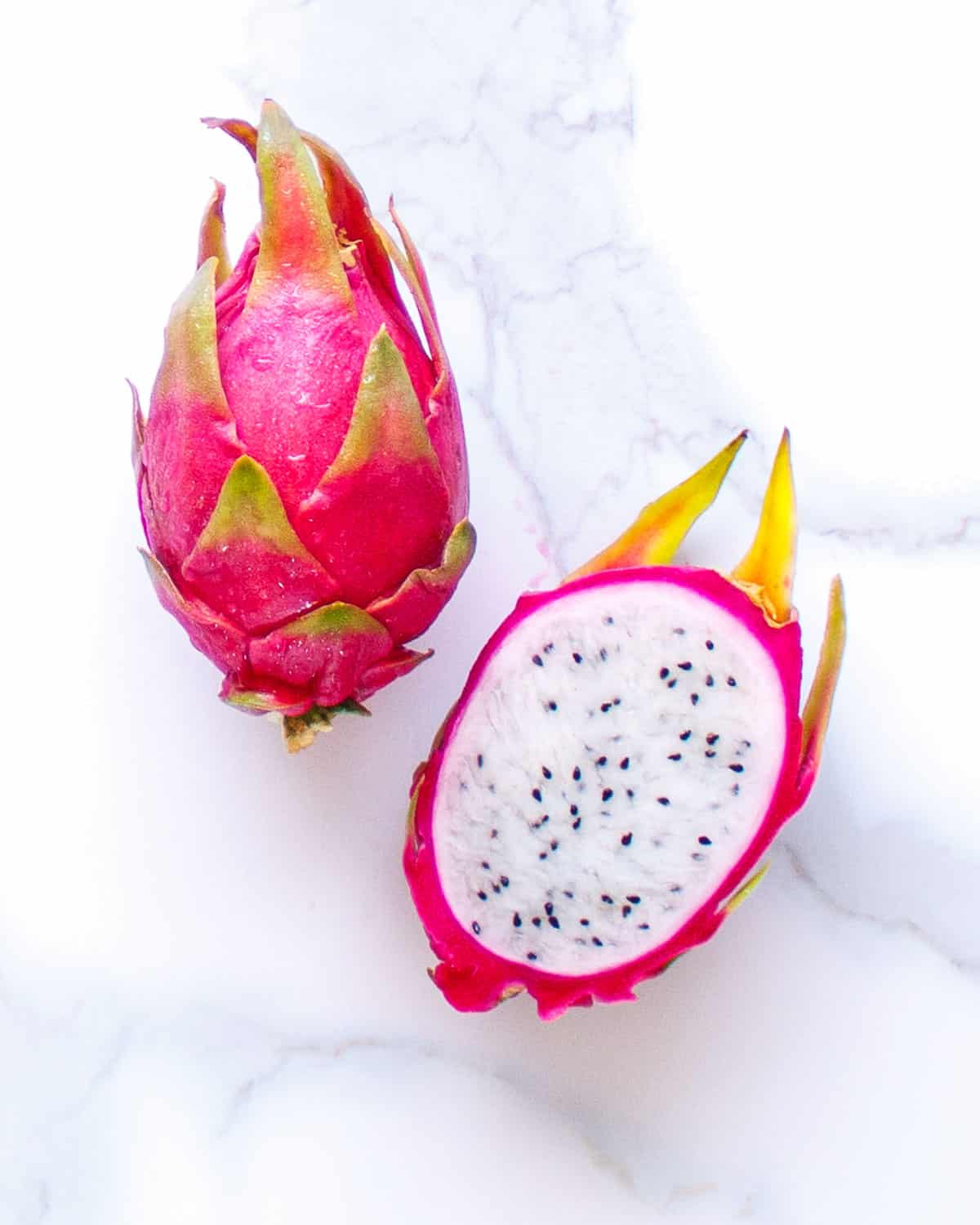
🌿 Botanical
- FAMILY: Cactaceae
- GENUS: Hylocereus
- SPECIES: undatus, costaricensis, megalanthus
- TYPE: Perennial succulent
- NATIVE: Central and South America
- DISTRIBUTION: Worldwide temperate climates
📋 Common names
- HAWAIIAN - paniniokapunahou, papipi pua
- ENGLISH - dragon fruit, night blooming cereus, queen of the night, strawberry pear
- INTERNATIONAL - pitaya, pitahaya, pitahayah, thang loy, buah naga, long guo, liang tian chi, chak-wob, junco tapatio, pitaia branca, nanettika fruit, cardo-ananaz; cato-barse, Drachenfrucht
🌈 Types and colors
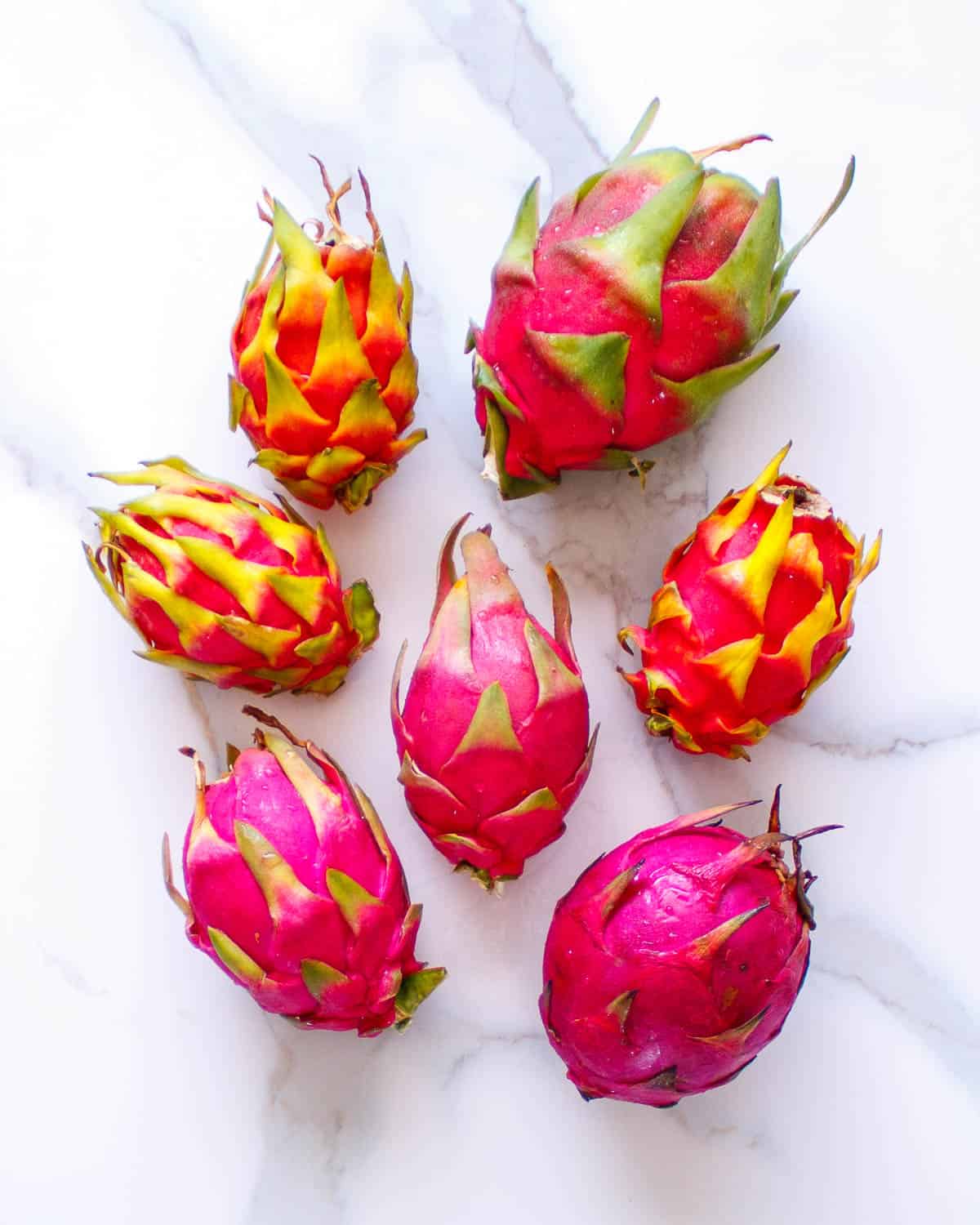
The gorgeous color combinations of dragon fruits are truly astonishing. If you're wondering what color you will find inside, check out these three basic groups:
- Hylocereus undatus has a striking pink outer skin and white flesh. This is the most typical variety found in both Hawaii and Vietnam.
- Hylocereus costaricensis has red skin and deep magenta or purple flesh inside and is the type that makes beautiful fushia-colored tropical drinks.
- Hylocereus megalanthus stands apart from the other two with yellow skin and a translucent white interior. Some, but not all, yellow varieties have thorns. Good thing they are considered the sweetest type to make up for the sharp prickles!
Around the world, in China, South Asia, the Philippines, Mexico, South America, and Australia, many more cultivars account for an exquisite array of combinations that branch out from the common three categories listed above.
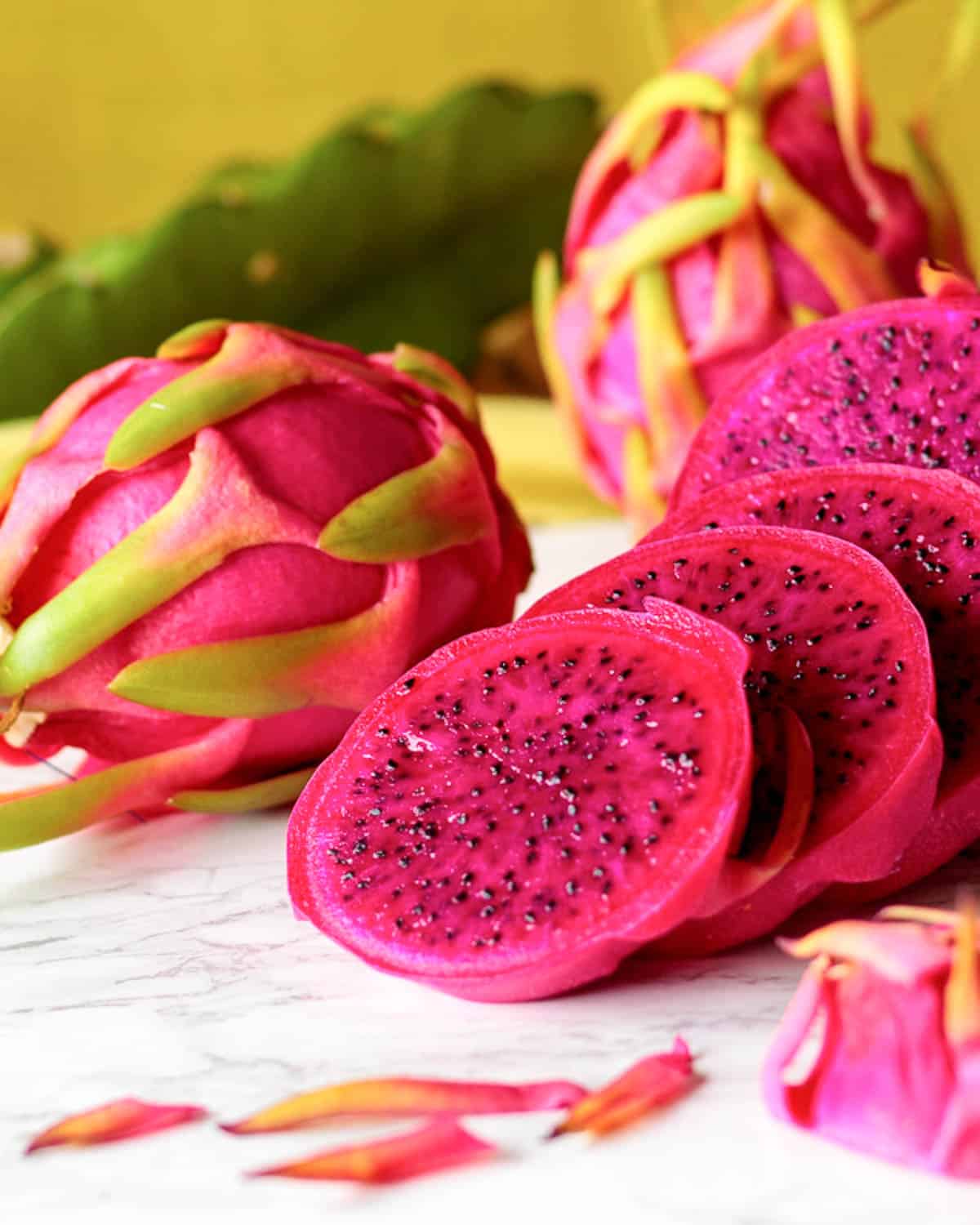
Indeed, there are 15 recognized species of dragon fruit, and Fruitstand.com describes over 20 fun cultivars with evocative names like "Purple Haze" and "Cosmic Charlie."
🌵 Wild cactus fruit tree
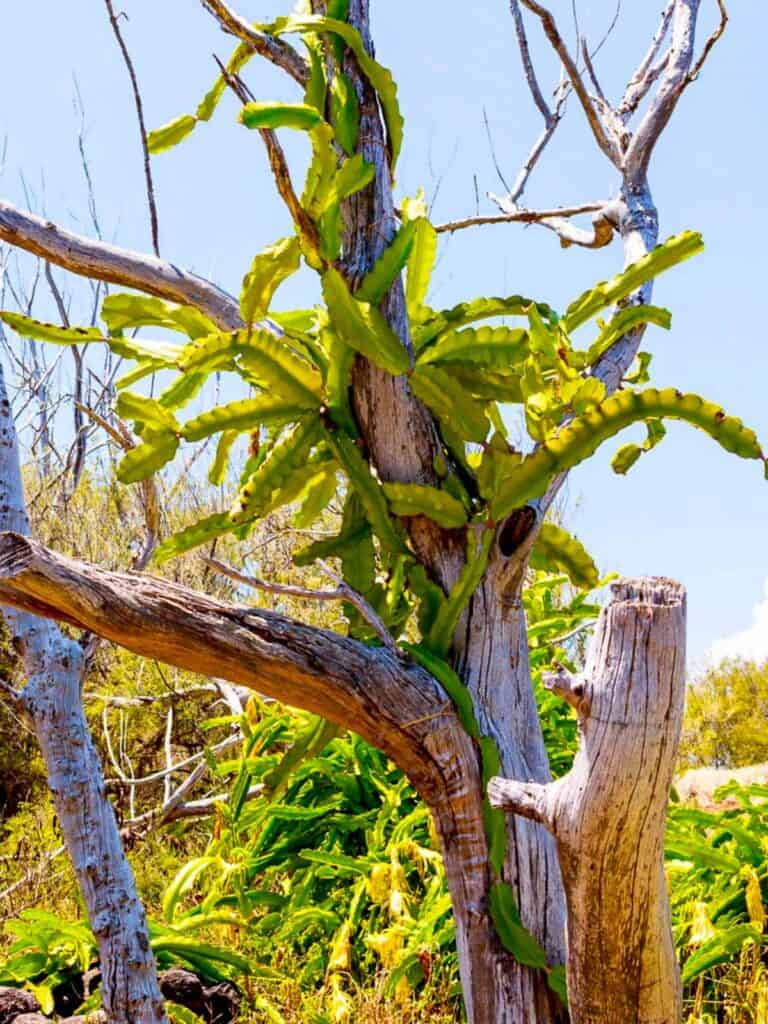
It's a common sight locally on Maui to see pitaya sprawling along neighborhood fence lines. I have seen stretches over a mile long along the highway. Plus, I've seen the cactus climb up posts and trees as high as 40 or 50 feet.
What isn't so common is to see the psychedelic pink fruit with its lovely green-tipped scales gracing wild plants. For example, I've hiked many times near the ocean where a feral patch grows. Over the years, I observed numerous buds and drooping flowers there, but rarely any brightly colored orbs.
When I did spot ripening Hylocereus undatus fruit, it was usually underdeveloped and inedible. This made me so curious I had to do some research to find out why.
🐝 Pollination
It turns out this vigorous cactus has some very special requirements when it comes to pollination. While the flowers of cactus pitaya are hermaphroditic, it doesn't guarantee fertilization.
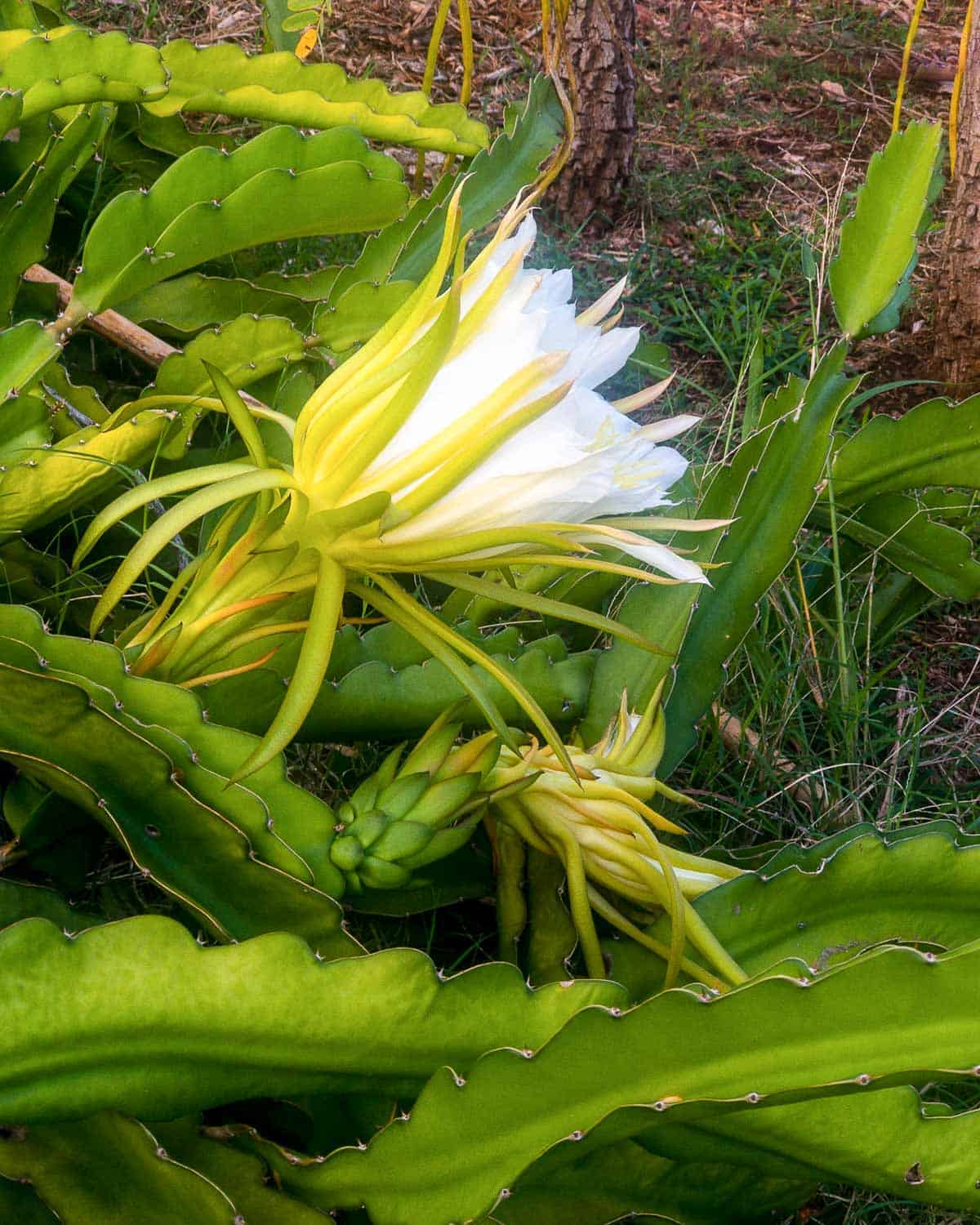
The flowers are grouped into three classifications regarding fertility.
- Self-sterile - Without night-flying creatures, typically bats and moths, or human hands helping at just the right time, the fruit will never set on these plants. Because the flower is not accepting of its own pollen, cross-pollination is required.
- Self-fertile - These plants grow with their stigma close enough to anthers and accept their own pollen. Thus, the fruit will form, but plants may still need some help with fertilization for the most bountiful harvest.
- Self-pollinating - This is a category of debate, sometimes used interchangeably with the term self-fertile. But the idea is that these specially bred cultivars have anatomical advantages that help them set fruit all on their own without intervention.
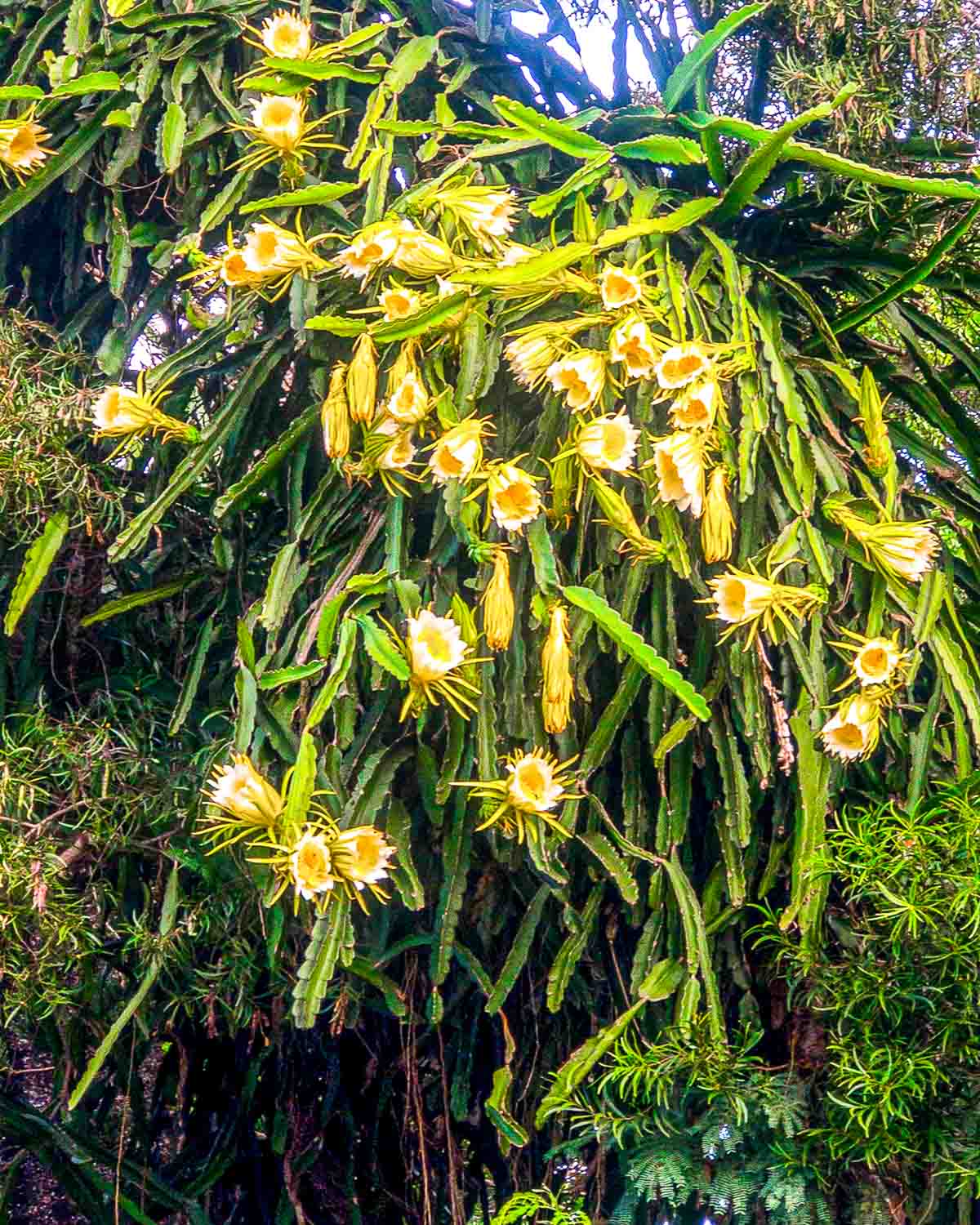
Once I learned these distinctions, the mystery was solved as to why the feral pitaya plants I hiked near were not producing the same juicy orbs I found at the market.
Since dragon fruit flowers open at night, and in Hawaii, our only native bat, ope 'ape 'a is an endangered species, the likelihood of a self-sterile cultivar in the wild making fruit is indeed slim.
🌺 Flower
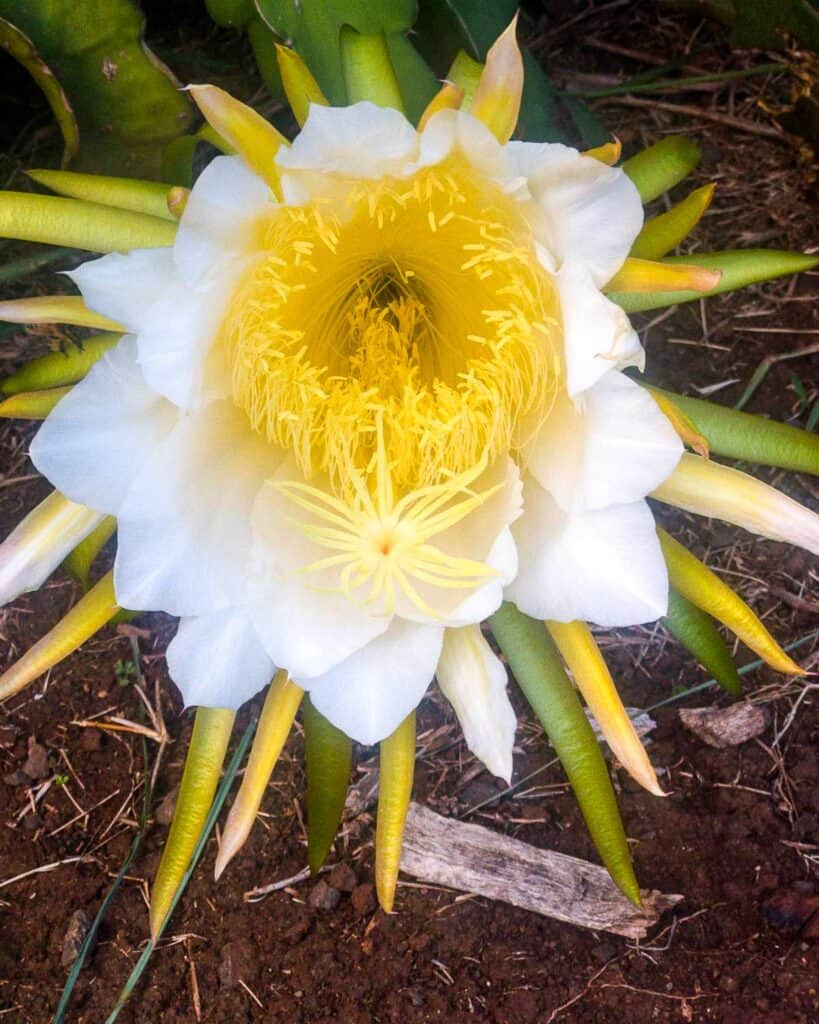
Pitaya flowers are upwards of eight inches across and have a beautiful fragrance. Their magnificent petals open at night and in the wee hours of the morning.
Of note is the fact that the nighttime bloom of a dragon fruit plant is a singular event for each flower. Once the petals begin to droop over the course of the day, they will never open again.
I always consider it a special treat to catch these Belle de Nuit in their glory.
🥕Nutrition
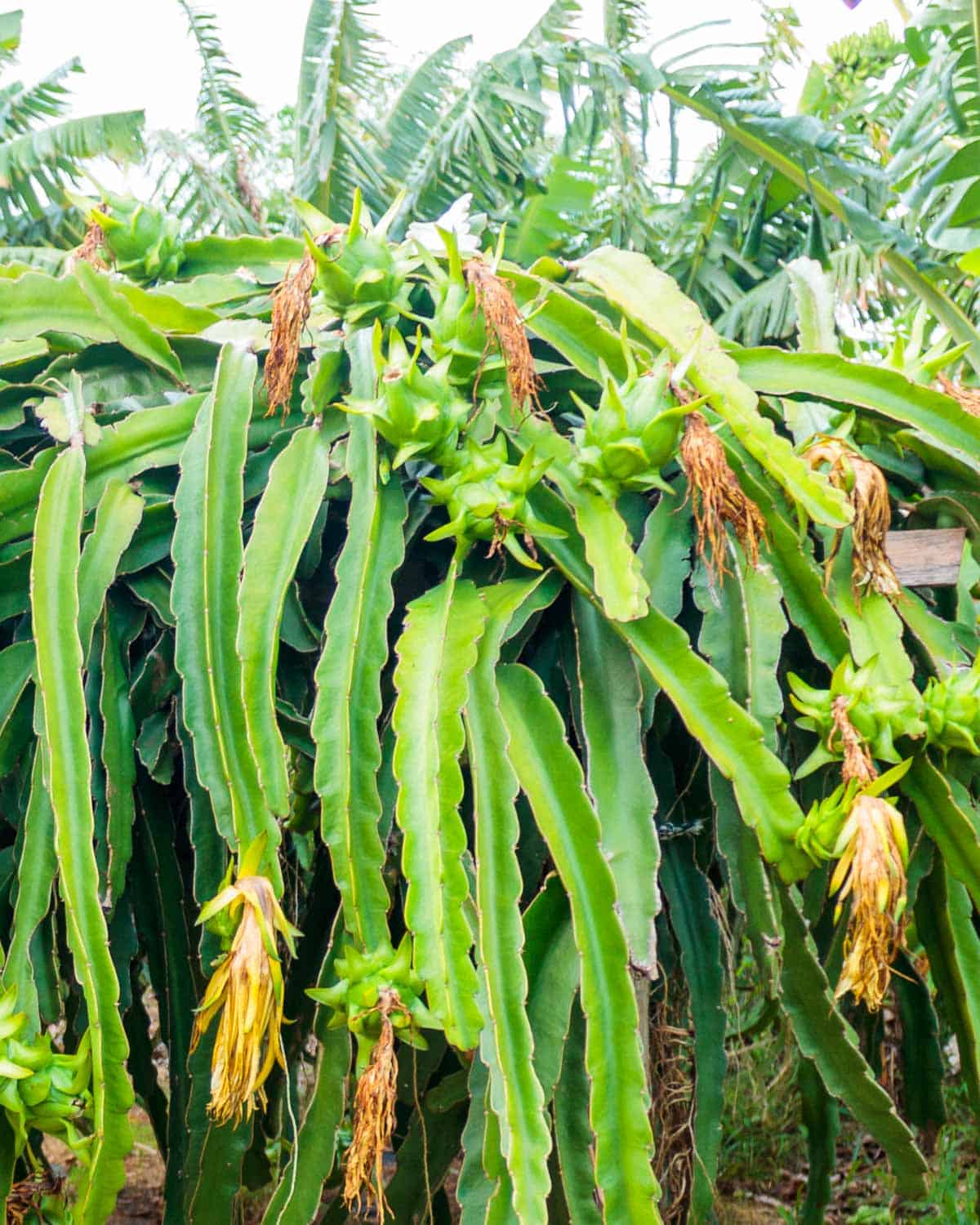
Nutritionally speaking, fruits of the dragon fruit plant are low in calories and high in vitamin C, magnesium, and fiber.
The tiny seeds contain beneficial fatty acids and assist in elimination. Healthline.com notes several benefits and three important antioxidants on their website.
🍉 Taste

I could tell you pitaya fruit tastes like a cross between kiwi and pear. Or that it has a crispness reminiscent of watermelon and juicy berries. That's what you are most likely to read online.
However, I think that description misses out on the floral hints and perfume I taste in local fruit. To me, the flavor of this extraordinary, beautiful fruit is far more subtle than pear and not as tart as kiwi.
It's less sweet than a ripe mango, very juicy, and extremely refreshing when chilled. If you haven't already tried dragon fruit, I invite you to sample it and decide for yourself just how it tastes.
🥣 How to eat

Dragon fruit is most often eaten raw in sweet preparations. However, it can be included in savory dishes. The Hawaiian Hawaii Poke Tower above is one of our favorite recipes.
Even the buds and flowers are edible. Thus, countless culinary delights are possible with the amazing pitaya plant.
Fruit
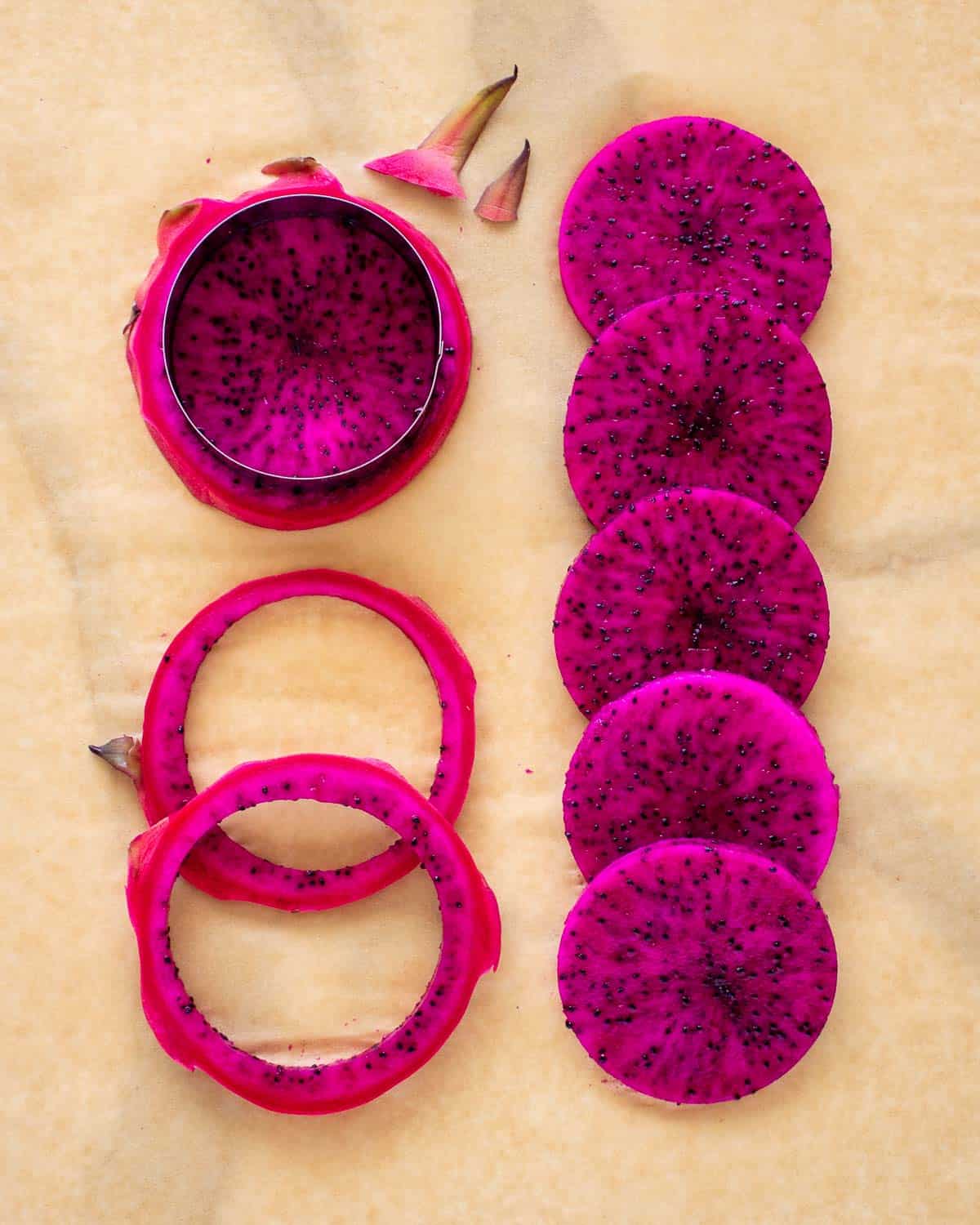
- Pitaya is delicious served chilled and sliced or eaten with a spoon. It can be cut into shapes or scooped with a melon baller and is a gorgeous addition to fruit salads. Pink varieties make stunning sauces, sorbets, and breakfast bowls. It freezes well as a puree that blends into smoothies or tropical drinks.
Green buds
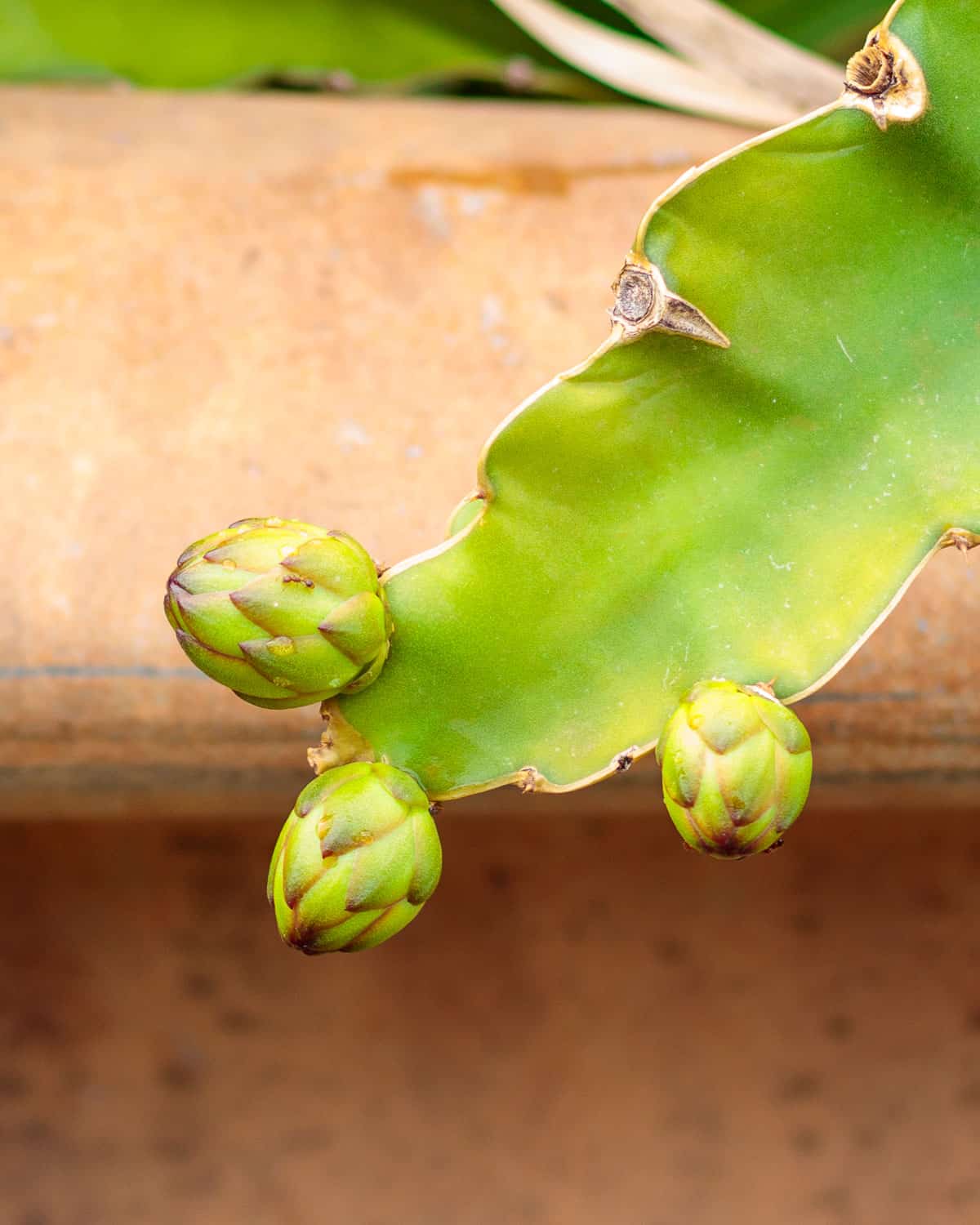
- The buds of hylocereus undatus are cooked and eaten as a vegetable in parts of Asia and Central and South America. They have a mucilaginous texture like hibiscus leaves and Malabar spinach, and they are bitter when underdeveloped. But if you harvest them just before the flower forms and prepare them with these things in mind, they make a fine green vegetable. Think soups with Asian seasonings, vegetable stir-fries, or batter-fried like okra.
Flowers

- The petals of fully formed hylocereus undatus flowers make a fantastic dish stuffed in the way squash blossoms are prepared. Remove the outer green parts as well as the pistil and stamens before filling. Then, the stuffed flower bundle can be breaded and baked or crispy fried. You are only limited by your imagination as to the filling and any sauces.
🪴 Growing
Dragon fruit trees are fast-growing and thrive in humid sub-tropical climates. While they like moist air, they don't require excessive watering and are low maintenance.
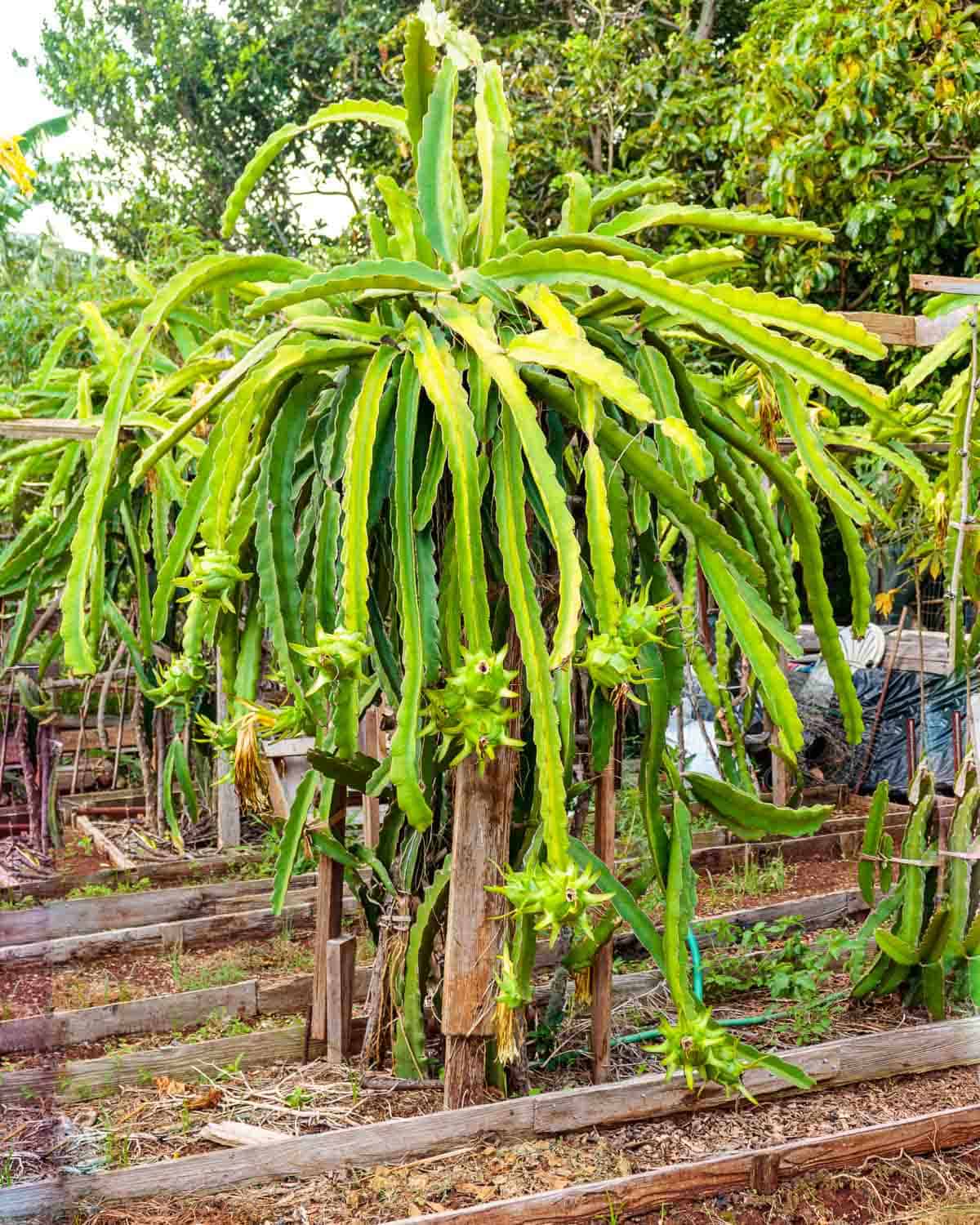
Plants can be grown from seed but take longer to fruit than those grown from cuttings. A young dragon fruit plant will make its first fruit in as little as 12 months.
They do require support and room to climb. For the gardener that has space, they make a stunning landscape addition with their handsome flowers that bloom between July and October and the colorful, exotic fruit that follows.
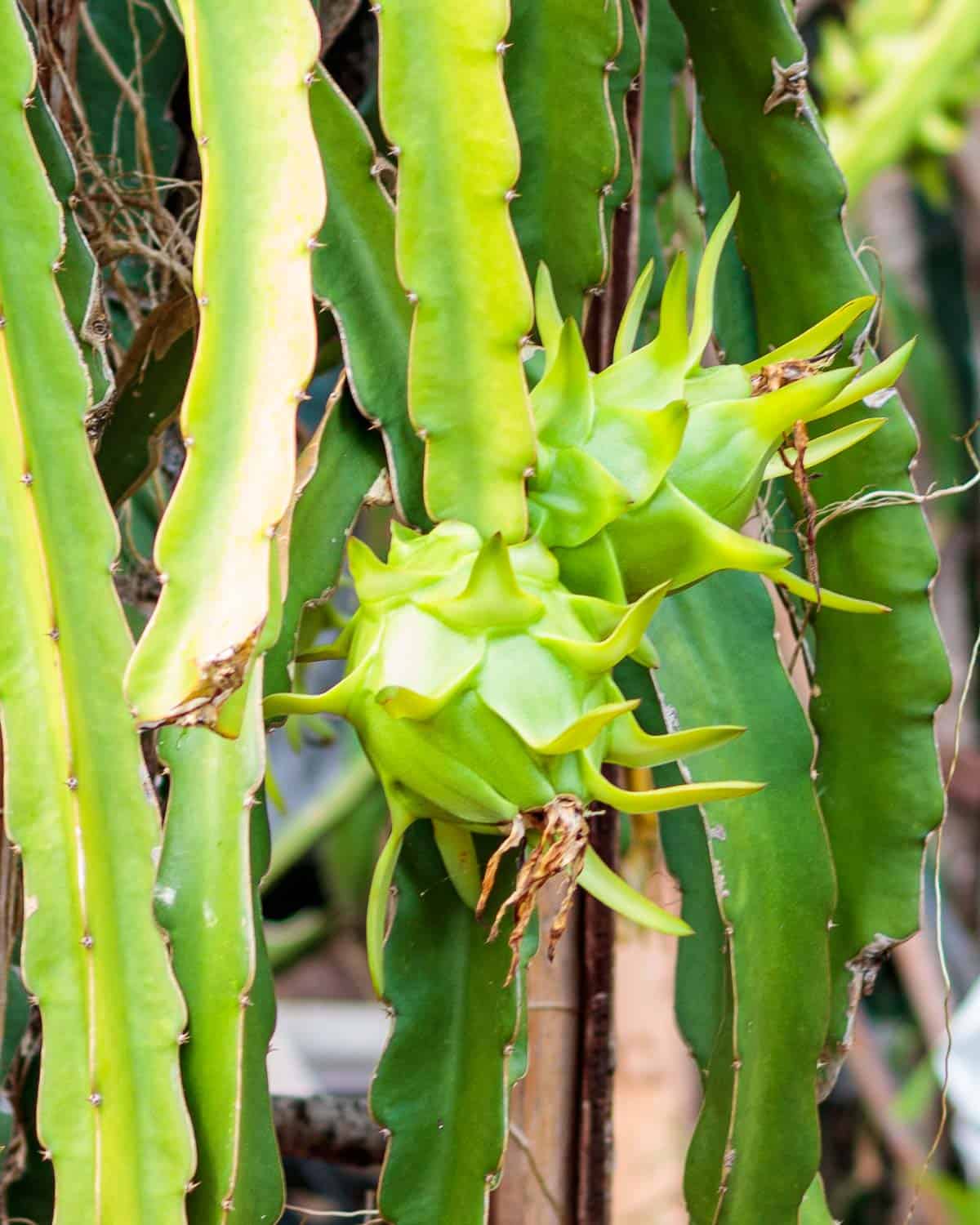
Cuttings are seasonal at nurseries, and you might need some patience to find just the variety you are after. Sow Exotic is one supplier with beautiful photos and detailed growing information to help you select just the right dragon fruit plant.
👩🏼⚕️ Safety
Always be one hundred percent sure of your plant identification if consuming foraged or wild plants. Finally, follow your doctor's advice when eating new or unfamiliar plants, especially if you are pregnant or taking any medications.
🥭 Dragon fruit recipes
Enjoyed this post? Leave a comment, rate ⭐⭐⭐⭐⭐ it, and follow @poppyswildkitchen on Instagram. Aloha!







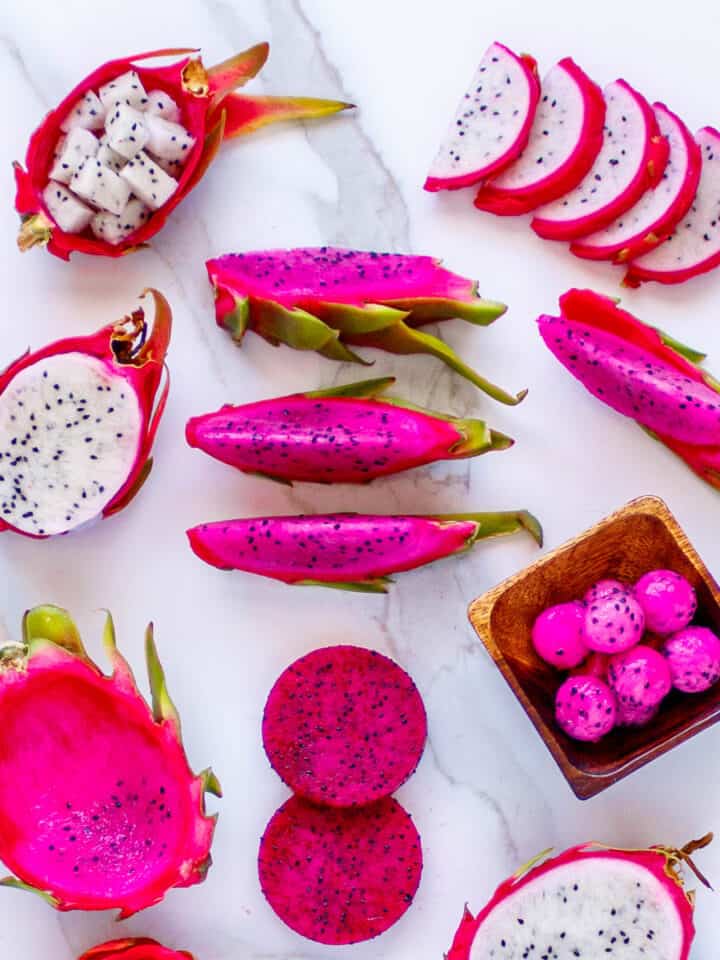
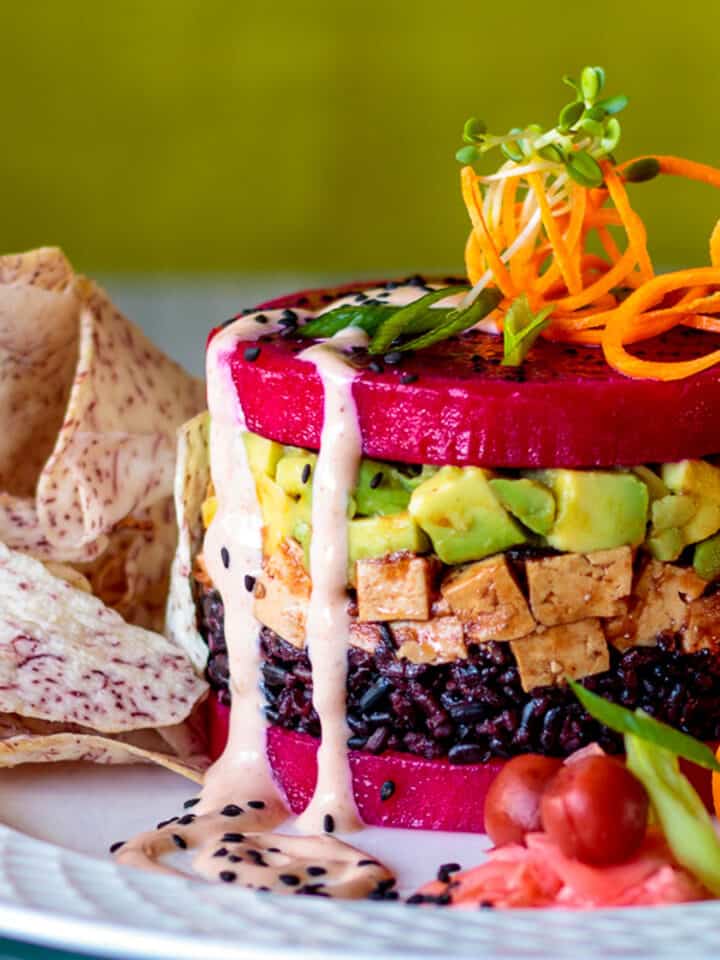
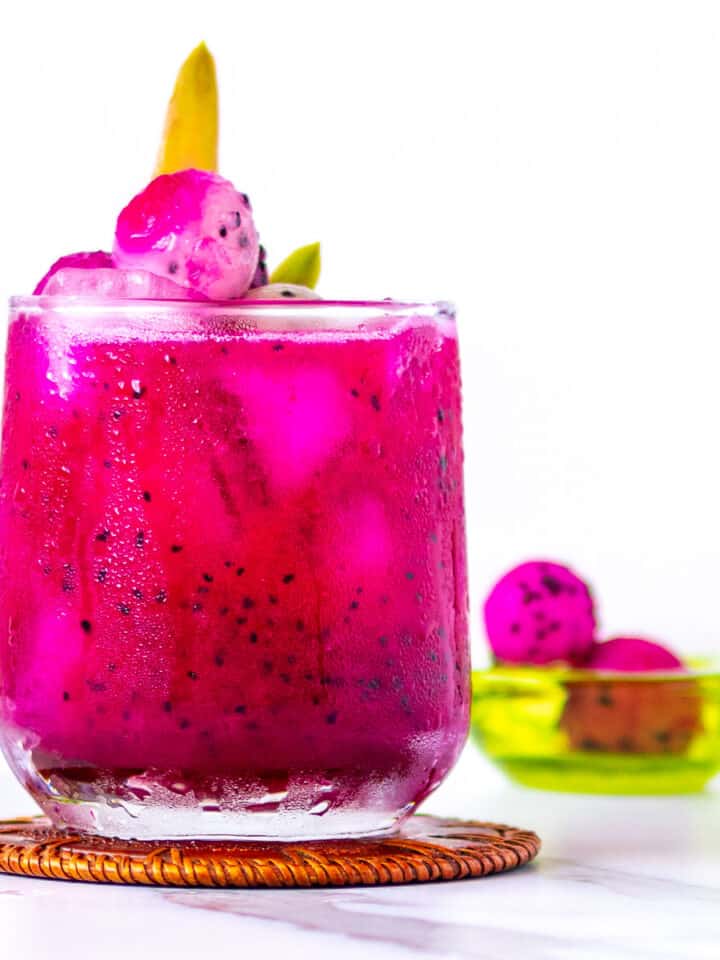
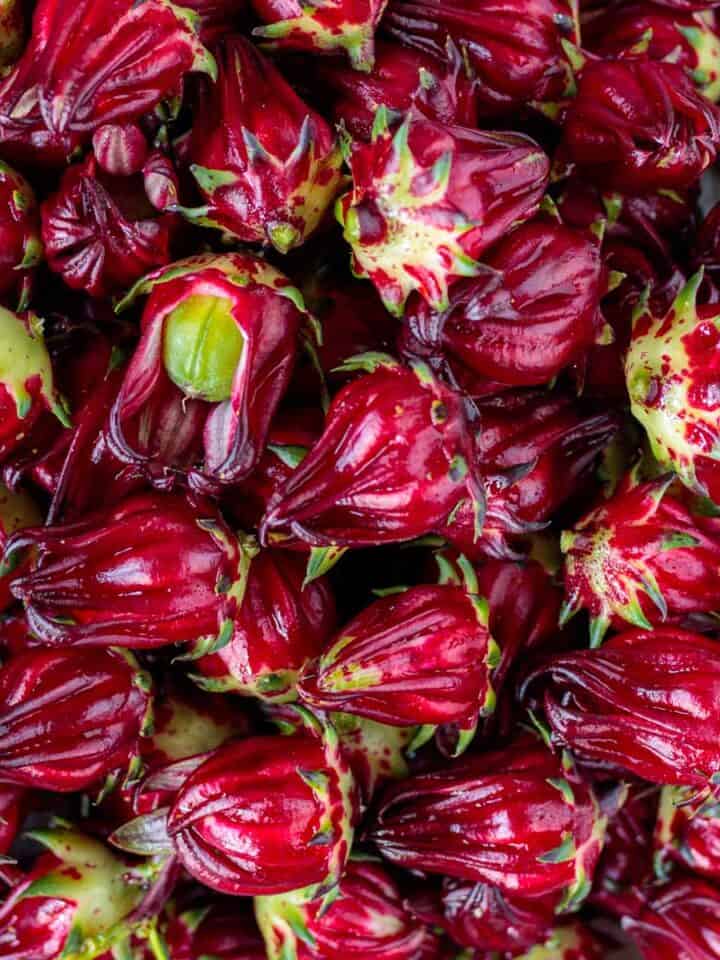
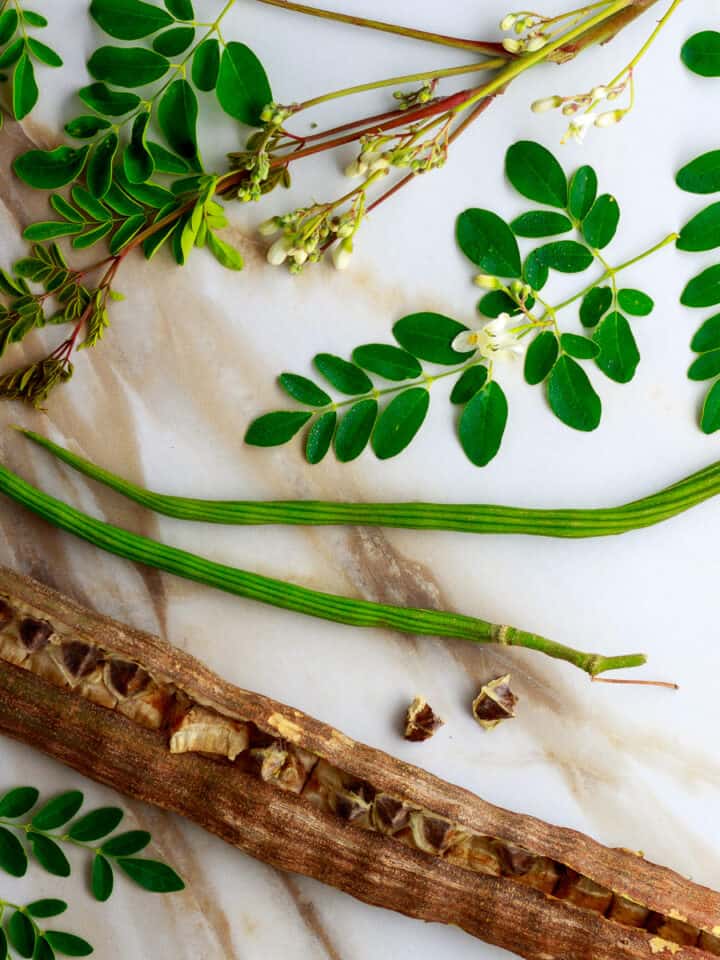
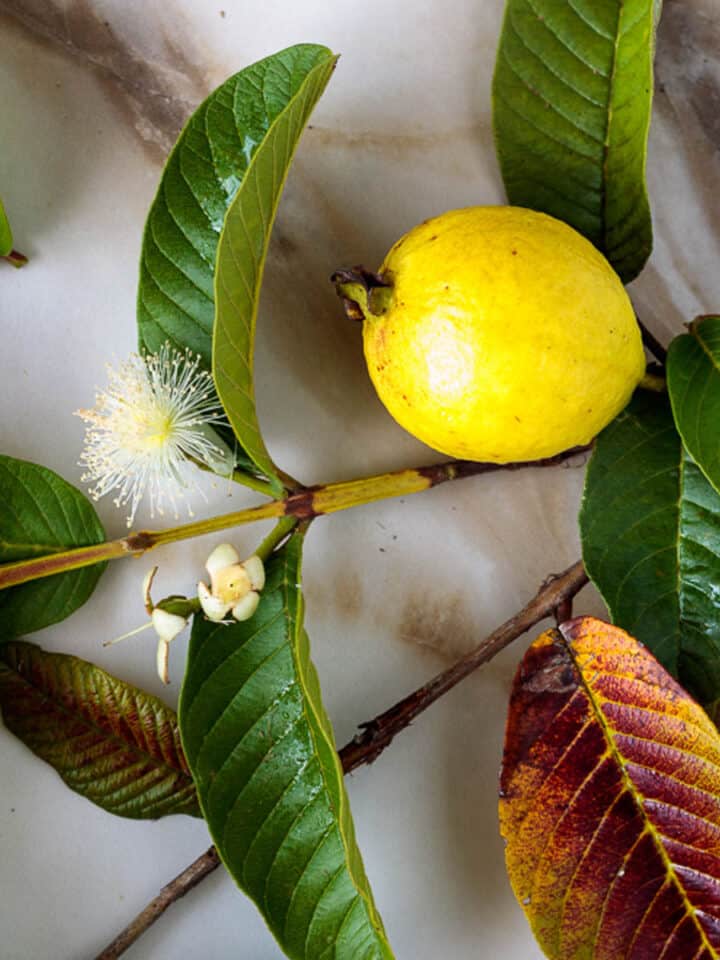
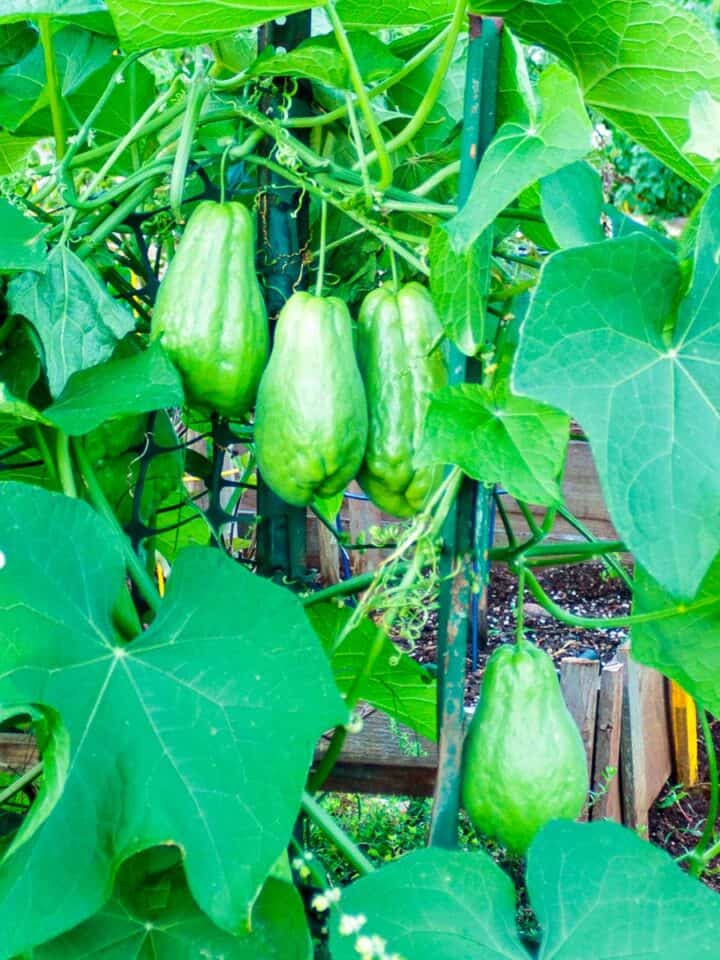
"Share Your Thoughts"